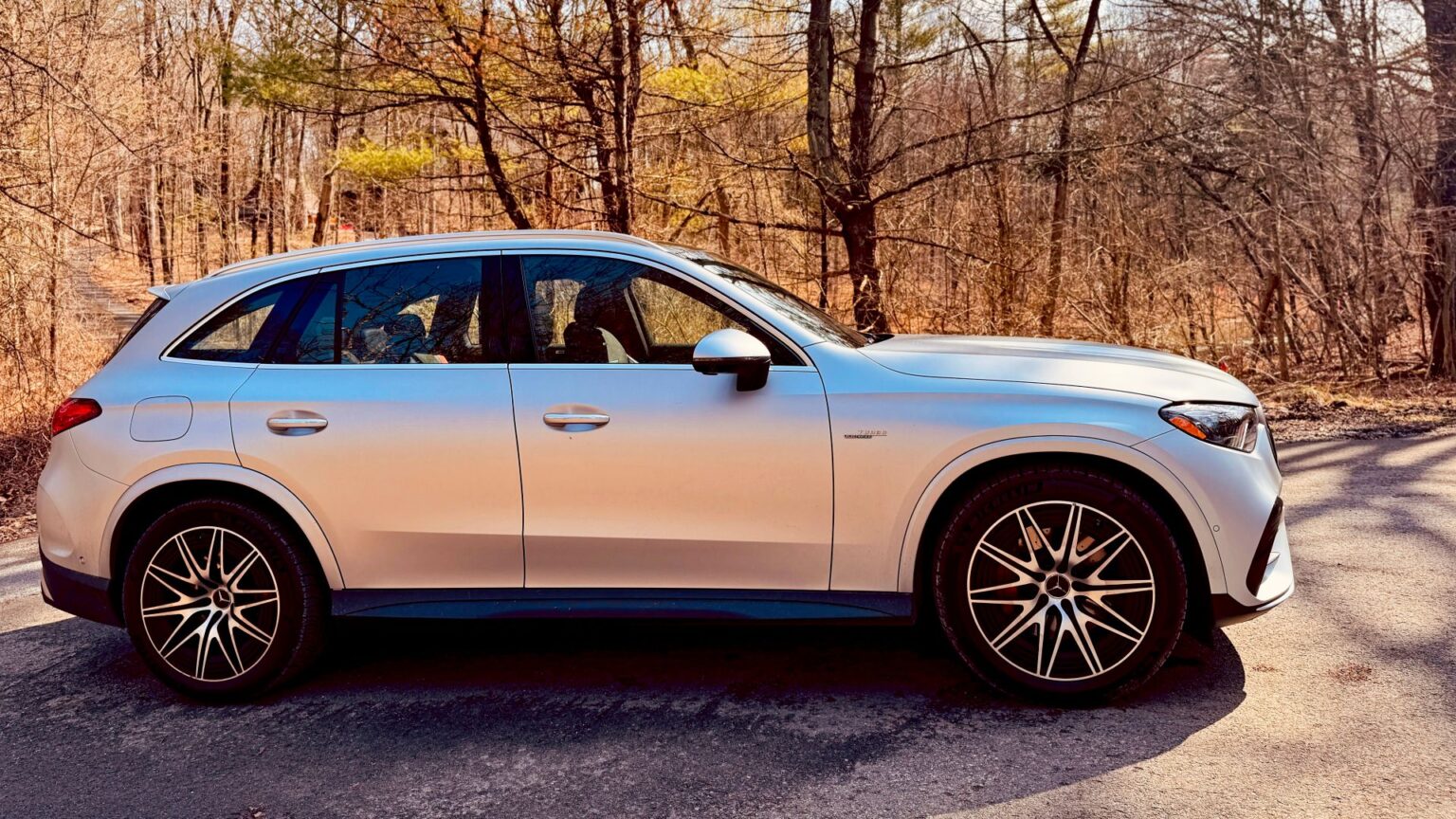Mercedes-Benz has denied earlier reporting that said they may be considering cutting cars from U.S. customers to avoid tariffs. That reporting suggested that they might cut cars from American buyers that are made abroad, including the GLA, which is assembled in Germany.
“This is without any merit. Mercedes-Benz continues to seek to sales growth for its highly desirable vehicles,” a Mercedes-Benz USA spokesperson told TopSpeed via email.
But the official continued, saying, “We are currently assessing the impact of the US-tariff lines.” That probably means Mercedes will have to make some changes to keep its relatively affordable cars from skyrocketing in price. A few options we’re expecting follow.
GLC Production To Alabama
Mercedes saw a 58 percent jump in GLC sales last year, and sold 64,163 in 2024. That mid-sized crossover is made in two plants in Germany and one in Finland. Moving it to Mercedes’ U.S. plant in Alabama could be problematic. The GLC is built on a compact architecture and is closer to the C-Class, which is also made overseas. The GLE and GLS are on a larger architecture.
In time, it may make sense for Mercedes to localize the smaller GLC to the U.S., but this is a costly move as well. Possibly (likely) Mercedes will increase prices across all its crossovers in order to cushion the 25 percent increased tab on the GLC.
What If GLC Prices Rise?
This isn’t really an “if.” TrueCar, which tracks transaction prices on car sales (not just the default $52,400 MSRP) has the average price of the GLC at $50,168. But with 25 percent tariffs, that won’t stick. You might think the “hack” for this is to switch to the GLB, which is based on the A-Class platform.
The problem there is that it’s made in Mexico. So, although TrueCar says the average transaction price right now is about $5,000 off sticker, at $42,733 vs. $48,950 sticker, that’s unlikely to stay the case. And this is just as Mercedes is about to debut a new platform for the GLB/EQB (the electric version of the GLB).
Impacts On The CLA, Too
Mercedes makes a lot of its A-Class cars, along with the EQB, in Hungary. And a new A-Class is coming as a hybrid or EV as well as with all-wheel drive. It’s a hugely important vehicle for Mercedes, as the average transaction price for their cars is around $70,000, according to Cox Automotive.
Mercedes needs less expensive cars to appeal to younger buyers. According to AutoPacific polling, younger buyers are feeling increasingly beset by the high cost of car loans, and they’re unlikely to feel any better about that debt burden with prices going the wrong direction.
The CLA promises to be highly tech-laden, and highly innovative, and is clearly targeted at a different customer than, say, an E-Class. This isn’t a car Mercedes can easily shift to Alabama production.
TopSpeed’s Take
Mercedes’ officials released a statement to TopSpeed saying, in part, that the carmaker has a significant American presence. The carmaker employs 163,000 Americans, directly or indirectly (through dealerships).
Interestingly, Mercedes took a kind of policy stance that is more common to openly hear from American-based carmakers in response to Trump’s trade policies, taking the bait from the White House that the tariffs aren’t permanent (even though Trump himself can’t seem to decide if he’s put out a bargaining chip or a permanent edict). “It is now important that the EU and the US enter into a constructive dialogue and reach a fair negotiated solution that is in the interests of both sides,” the statement said.
Mercedes leaned on the fact that they’ve operated in the U.S. since 1888, manufactures cars in the U.S., and has R&D across the country, including in Silicon Valley.
Mercedes has been a highly successful luxury brand in the U.S. of late, and incredibly robust. It’s pushed far more broadly than its traditional C, E, and S-Class cars, and that’s caused rivals to make more interesting cars, too. Arguably no other luxury brand has been as responsible for innovation in the sector, from the rise of Genesis to the retooling of Lexus, to BMW switching its own priorities. They have been the engine of change in luxury cars. It’s bad not just for consumers, but for the auto industry as a whole to pour sand into that machinery.
Read the full article here



